Mexican Snow Ball Echeveria
This product is available for shipping only in Bangalore
- As with most succulents, Mexican snowballs require several hours of bright, direct sunlight each day in order to thrive.
- True to their semi-desert native habitat, Mexican snowballs do best in sandy, well-draining soil.
- Before watering, ensure that the soil has dried out completely and then water well. In the winter, reduce water while the plant is in dormancy.
- As a desert plant, Mexican snowballs enjoy hot, dry conditions. They do not do well in overly humid conditions, and they cannot tolerate cold weather.
Height: approx 5 inches including the pot
Pot size : 4 inches nursery pot
** Plants photos are for representation purpose only. We will make best efforts to send the plants as in photos itself. There may be small white dots on the plant, as these plants cared in nursery using the hard water and pesticide spray. However these will eventually disappear as you take care and clean the leaves.
- Estimated Delivery : Up to 3 business days
- Free Shipping & Returns : On all orders over ₹550 in Bangalore
Mexican snowballs are low-maintenance Succulents that thrive on neglect. Like most succulents, they enjoy sunny, warm conditions and are extremely drought-tolerant. Mexican snowballs (Echeveria elegans) are one of the most well-known and popular varieties of echeveria succulents. Also commonly known as White Mexican Rose or Mexican Gem succulents, Mexican snowballs are characterized by thick, fleshy blue-green to silver-green leaves that grow in an attractive rosette shape. As their name suggests, these succulents are native to Mexico and can be commonly found in semi-desert habitats across the country. These gorgeous, low-maintenance succulents are popular as houseplants and garden plants and won the Award of Garden Merit from the Royal Horticultural Society.
Plant Care:
Mexican Snow Ball Echeveria are popular undemanding indoor succulent plants, tolerating a little shade and infrequent watering. However, some sun ensures a compact growth habit, attractive leaf coloration in some species and abundant flowers
These decorative little plants can be grown in interesting containers such as tea cups and even miniature baby shoes. Make sure the container had adequate drainage. If it doesn’t, it might be a good idea to pop the plant out of its container and add a layer of gravel to the bottom to reduce the wicking action of the soil above. Mexican Snow Ball Echeveria is easily propagated by the removal of offshoots or by leaf cuttings in spring or summer. To propagate by leaf cuttings, remove a leaf and let it lie for about one month, giving the wound time to heal. Then lay the leaf on its side with the basal part buried in the soil. This leaf should root within a month or two, and small plants will form at the leaf base. They can also grown from seed.
General advise about Succulent plants: Succulents love light and need about six hours of sun per day, depending on the type of succulent. Newly planted succulents can scorch in direct sunlight, so you may need to gradually introduce them to full sun exposure or provide shade with a sheer curtain.
Succulents love direct sun, but if yours is sitting in the same exact spot day after day, it’s likely that only one side is getting enough light. Succulents will lean towards the sun, so rotating them will help them stand up straight. (Leaning may also be a sign that they need to be in a sunnier spot.)
Succulents need more energy when they’re in a period of growth. During the spring and summer, the plants are thriving and drinking up much more water than when they’re resting in the fall and winter. Test the soil with a finger—when the top 1.25 inches are dry, grab your watering can. Overwatering can kill your succulent, so make sure you let the soil dry between waterings.
When you water your succulents, soak the soil until water runs out of the drainage holes. (If your container doesn’t have drainage holes, use less water.) Don’t use a spray bottle to water your succulents—misting can cause brittle roots and moldy leaves . You can also place pots in a pan of water and allow the water to absorb through the drainage hole. Once the top of the soil is moist, remove from the pan.
Succulents don’t like to sit in waterlogged soil, so drainage is important to prevent rot. Your container should have a drainage hole to allow excess water to escape. Terra-cotta pots are ideal for beginners.
Succulents need soil that drains, so regular potting soil—or dirt from your yard—won’t do. Choose cactus soil or mix potting soil with sand, pumice, or perlite. Succulent roots are very fragile so be gentle when repotting.
** Plants photos are for representation purpose only. We will make best efforts to send the plants as in photos itself, however it is not always guaranteed as plants might overgrow or shrink depending on the season, care or age.

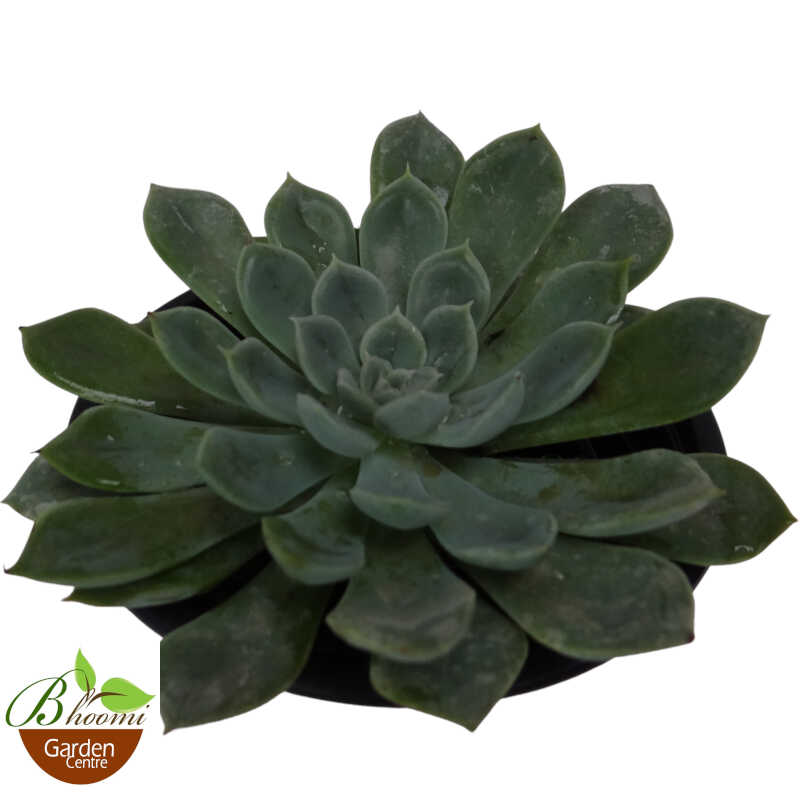
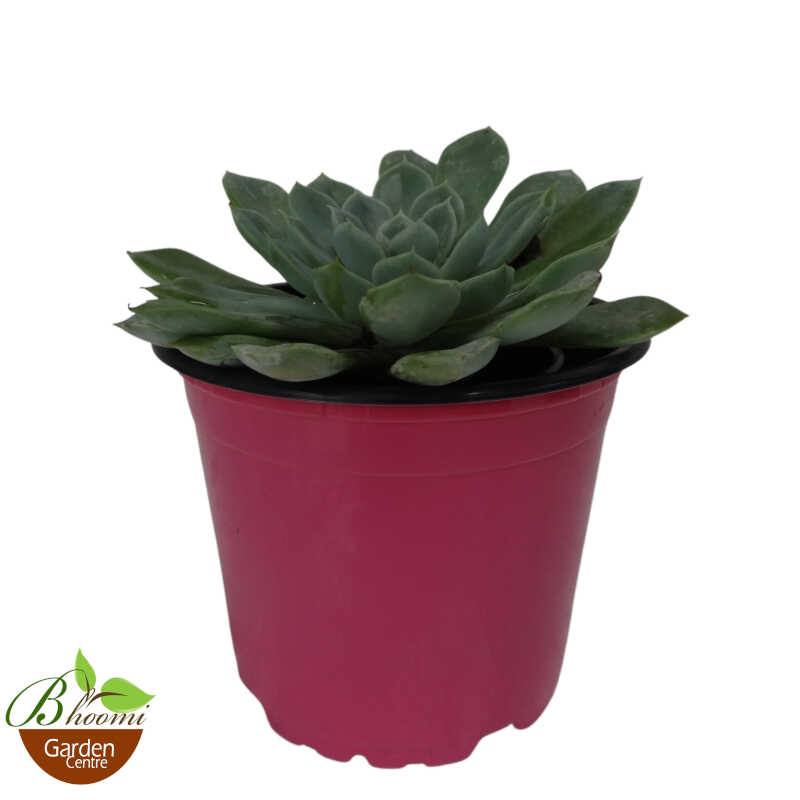
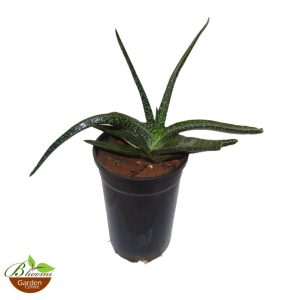
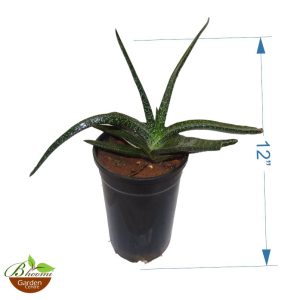
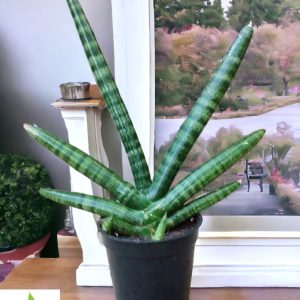
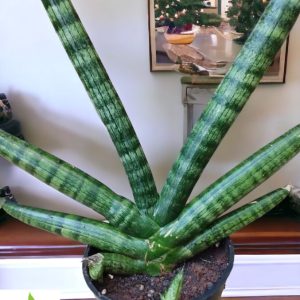
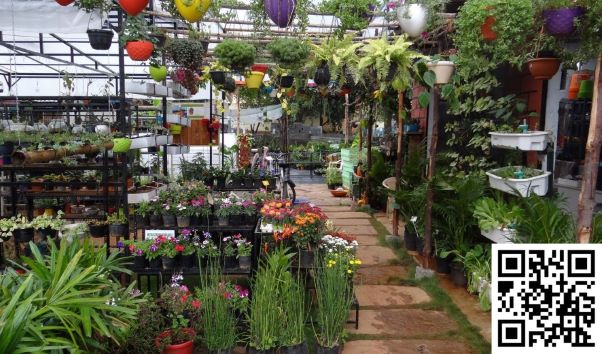
Reviews
There are no reviews yet.